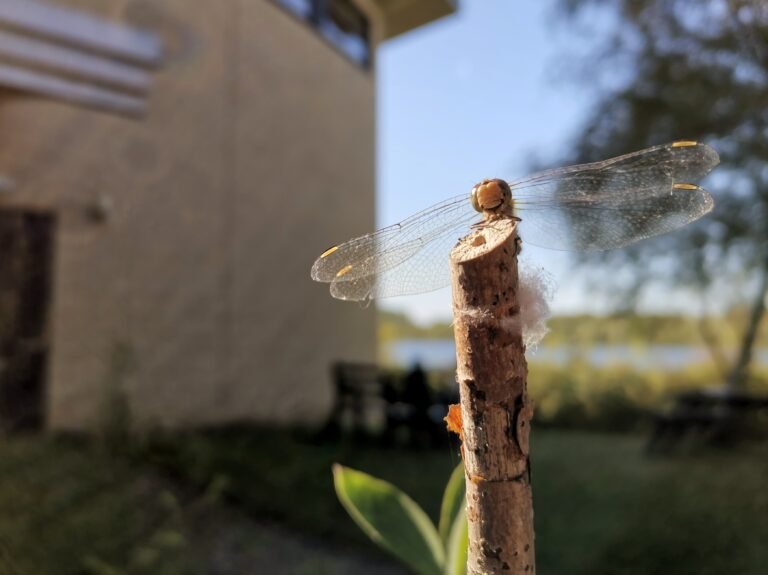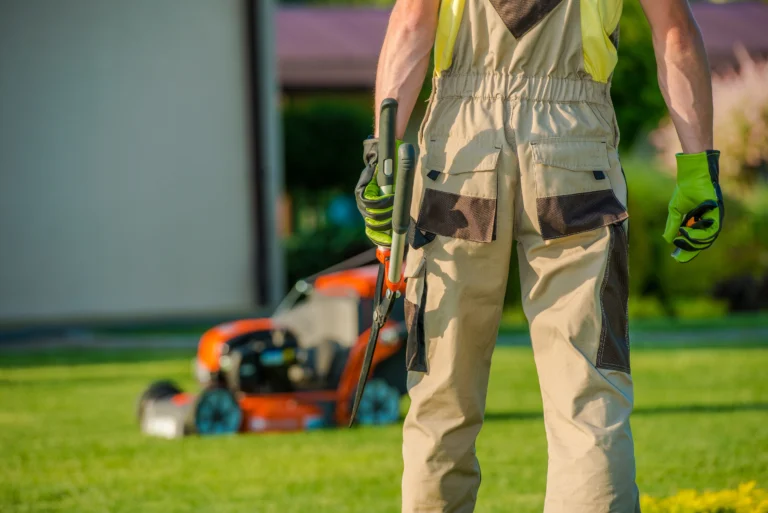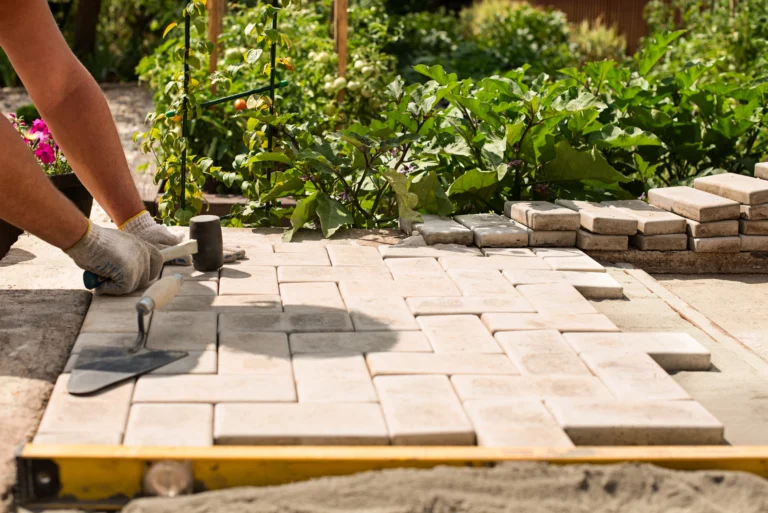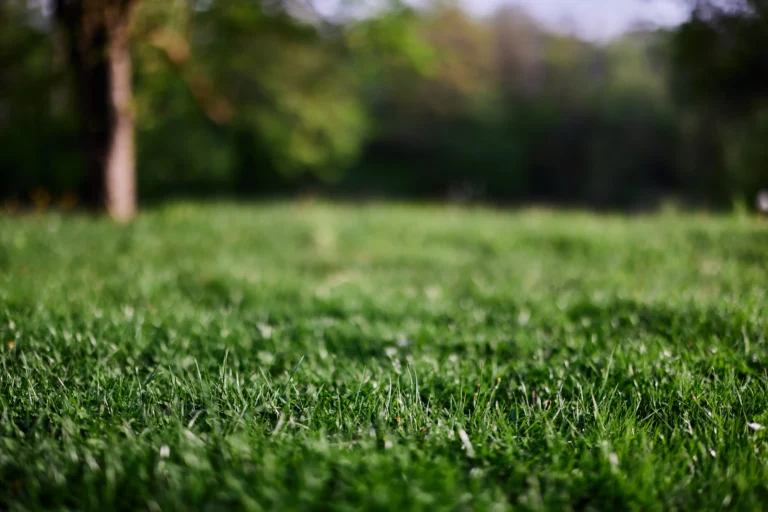How to Install Artificial Turf: A Step-by-Step Guide

Installing artificial turf has become a popular choice for homeowners seeking a low-maintenance and evergreen lawn alternative to natural grass. Artificial grass offers a durable surface that withstands diverse weather conditions and is suitable for a variety of applications, including residential landscapes, sports fields, and public areas. The shift toward this synthetic option is attributable to its long-term cost-effectiveness and minimal upkeep when compared to traditional grass.
The process of installing artificial turf involves careful preparation and attention to detail to ensure a successful outcome. From the removal of existing vegetation to the precise measurement and cutting of the turf, every step is crucial. Homeowners contemplating a DIY project will discover that the installation can be managed without professional help, provided they are equipped with the right tools and guidelines.
Understanding the components of artificial grass—such as the pile height, infill, and backing—is essential for selecting the appropriate product for one’s needs. The installation itself encompasses ground preparation, securing the turf, and adding infill for stability and cushioning. A properly executed installation of artificial turf not only enhances the aesthetic appeal of a space but also contributes to a functional and lasting landscape.
Planning and Preparation
Installation of artificial turf requires careful assessment of the area and selection of the appropriate materials for a successful outcome.
Assessing Installation Area
One must examine the installation area to determine the correct size of turf needed and ascertain whether the area receives more sun or shade. It is critical to remove all remnants of real grass and ensure the soil is leveled. A thorough check for drainage capabilities is essential to prevent water accumulation. The installation space should be clear of debris and existing landscaping features that may obstruct the placement of the turf.
Choosing the Right Artificial Grass
Selecting the appropriate artificial grass involves factoring in cost, material quality, and suitability for pets and children if relevant. One should choose a turf that can withstand the expected traffic and complements the surrounding landscape’s aesthetic. Additionally, the chosen grass should come with a weed barrier and resilient base material to enhance durability and safety. The selection must align with the required tools and materials needed for installation.
Removing Existing Lawn
Before installing artificial turf, one must effectively remove the existing lawn, starting with the killing and clearing of old grass and then preparing the base for the new surface.
Killing and Removing Old Grass
The initial step involves killing the existing grass to prevent regrowth under the artificial turf. A non-toxic herbicide can be applied, adhering to safety regulations to kill existing grass safely. After the old grass has yellowed and died, usually within two to three weeks, a sod cutter can be rented for efficient removal. The sod cutter slices under the grass, enabling one to roll up the old turf for disposal. Removal requires a wheelbarrow for transport and potentially a dumpster for larger lawns. Labor costs for this process vary depending on lawn size and regional rates.
- Apply non-toxic herbicide and wait 2-3 weeks
- Use a sod cutter to slice under the grass
- Roll up the old turf and transport to a dumpster
- Account for labor costs and disposal fees
Preparing the Base
Once the old grass is removed, the next task is preparing the soil base. Removing all debris and ensuring the soil is level is crucial. This can be done using a shovel and rake, followed by compacting the soil to create a firm foundation. Landscape staples can be used to secure a weed barrier if desired, using a hammer to anchor them into the ground. Proper soil preparation ensures a smooth surface, which is essential for the longevity and appearance of the artificial turf.
- Clear away all debris and level the soil with a shovel
- Compact the soil for a firm base
- Optionally, secure a weed barrier with landscape staples and a hammer
Installing the Base and Weed Barrier
The success of artificial turf installation largely depends on the proper preparation of the base and the installation of an effective weed barrier. A level and well-compacted base ensures longevity and appearance, while a quality weed barrier prevents unwanted growth below the surface.
Laying the Foundation
The foundation for artificial turf begins with the selection of base material. Typically, decomposed granite (DG) is recommended due to its excellent compaction properties. First, one must excavate the area to the desired depth, usually 3-4 inches, allowing for the base material thickness. Next, the grade should be set to ensure proper drainage, slightly sloping away from buildings or the center of the area for even run-off.
| Steps for Preparing the Base | Description |
|---|---|
| Measure and Excavate | Excavate the area to a depth of 3-4 inches. |
| Apply Base Material | Spread decomposed granite evenly across the area. |
| Grade for Drainage | Set a slight slope for water runoff. |
| Compact the Base | Using a plate compactor, press down the base |
Once the decomposed granite is evenly spread with a rake, it must be compacted to create a hard and flat surface. This is achieved by using a plate compactor which can be rented from hardware stores. The aim is to compact the base several times, ensuring it is firm and smooth, to support the turf and prevent shifting or settling.
Securing Weed Prevention
After establishing a solid foundation, the installation of a weed barrier is crucial in sustaining the integrity of the landscaping. The barrier is laid over the compacted base before turf installation. It should overlap to ensure full coverage and may be secured with staples or spikes to prevent movement.
| Steps for Installing the Weed Barrier | Description |
|---|---|
| Roll Out the Barrier | Unroll the weed barrier over the compacted base. |
| Trim to Fit | Cut the barrier to match the shape of the area. |
| Secure the Barrier | Use staples or spikes to affix the barrier to the base |
A reliable weed barrier is resilient and permeable, allowing for water drainage while obstructing sunlight and organic materials from reaching the soil underneath, inhibiting weed growth. It serves as a long-term solution to maintaining the aesthetics and cleanliness of the artificial turf installation.
Laying Artificial Turf
When laying artificial turf, it’s crucial to ensure precise cutting and secure attachment to the base. The edges require careful seaming for a smooth, professional appearance.
Cutting and Securing Turf
Once the base is prepared, roll out the artificial grass piece by piece. Using a sharp razor knife or utility knife, cut the synthetic turf to match the shape of the area, allowing a slight excess for final trimming. When cutting, ensure the grass blades are pointing in the same direction to maintain a uniform look.
To secure the turf, one should use 6-inch landscape staples or nails. They are to be placed around the perimeter and in the center of the turf at regular intervals, roughly every 6-8 inches. Hammer these in carefully, making sure they’re flush with the turf’s backing to prevent any hazards or noticeable bumps.
Seaming the Edges
To create an invisible seam, lay two pieces of turf closely together without overlapping. Using seam tape, place it beneath the edges of both turf pieces. Apply a special turf adhesive to the seam tape along the full length of the seam. Then, press down firmly on the edges of the turf, securing them to the tape.
After the adhesive sets, one should check along the seams once more for any sign of lifting. If necessary, place a few extra landscape staples discreetly along the seam line for additional security. It’s essential to maintain even pressure along the seam to ensure a flat, even join that does not draw attention or cause tripping.
Adding Infill and Finishing Touches
Proper infill application is crucial for artificial turf longevity and performance. High-quality infill materials, such as sand or rubber, provide essential support and stability to the turf fibers.
Spreading and Settling Infill
Materials and Tools Needed:
- Infill (Silica sand or rubber)
- Drop spreader/rake/stiff broom for even distribution
- Power broom for deeper penetration of infill
- Garden hose for proper settling
Procedure:
- Start with Silica Sand:
- Utilize a drop spreader to evenly distribute the sand across the turf.
- Aim for a thin layer, ensuring consistent coverage without overfilling.
- Use Rubber for Depth:
- Follow with rubber infill if additional cushioning is desired.
- Disperse uniformly, similar to the sand.
- Settle the Infill:
- Employ a stiff broom or a power broom to work the infill deep into the grass.
- This action helps the grass blades stand upright and secures the infill.
- Watering:
- Lightly water the area with a garden hose to settle the infill.
- The water helps the infill compact around the base of the turf fibers.
Final Landscaping Touches
Tools for Finishing:
- Roller/brush: To flatten and even the surface
- Blower: To remove debris
Enhancing the Aesthetic:
- Smooth Surfaces:
- Roll or brush the turf to eliminate any uneven spots.
- Ensure the surface is flat and presents a natural aesthetic.
- Clean-Up:
- Use a blower to clear leaves and other debris from the turf surface.
- Keeping the turf clean prevents buildup and ensures it remains visually appealing.
- Regular brushing helps maintain the upright position of the turf blades.
- Periodically add infill to compensate for natural settling and displacement.
- Inspect and clean the turf to preserve its appearance and prolong its lifespan.
Maintenance and Care
Maintaining an artificial turf is key to preserving its aesthetics and extending its lifespan. Proper care involves straightforward practices such as regular cleaning and taking specific actions that contribute to its longevity.
Regular Cleaning
One should regularly remove debris and leaves to keep the turf clean. For this purpose, a soft bristle broom or a leaf blower can be effectively used. It is recommended to perform cleaning once a week to prevent accumulation. In case of light traffic areas, bi-monthly cleaning may suffice.
- Debris removal frequency: Weekly for heavy use, bi-monthly for light use
- Tools recommended: Soft bristle broom, leaf blower
Artificial lawns are low-maintenance compared to natural grass as there is no mowing or watering required. However, dust and pet waste still need to be managed. Here’s how:
- For dust: Rinse the turf gently with water to wash away dust.
- For pet waste:
- Solid waste: Let it dry before removal and then rinse the area.
- Liquid waste: Flush out with water; consider using an eco-friendly cleaner for any remaining odors.
Ensuring Longevity
To ensure safety and longevity of the artificial turf, occasional deeper cleaning is necessary, particularly if the space is frequently used by pets such as dogs. Using a natural deodorizer like zeolite can neutralize odors without harming the environment.
- Deep cleaning frequency: Monthly or as needed based on usage
- Products for odors: Zeolite deodorizers for eco-friendly odor control
It is also crucial to perform an annual checkup to inspect seams, edges, and infill levels to prevent any long-term issues that might compromise the turf’s integrity.
- Annual checkup tasks:
- Check seams and edges for wear or damage.
- Assess and replenish infill levels to maintain cushioning and support.
Frequently Asked Questions
This section addresses common inquiries relating to the installation of artificial turf, offering straightforward guidance on preparation, materials, do-it-yourself methods, handling complex shapes, and whether to consider professional services.
What are the necessary steps for preparing the ground before installing artificial turf?
The ground needs to be cleared of existing vegetation and debris. Next, it should be leveled and compacted to provide a stable base. A weed barrier is often applied prior to installation to prevent growth under the turf.
What materials are recommended for proper drainage under artificial turf?
Crushed stone or gravel is typically used as a base to ensure adequate drainage beneath the turf. It is often layered with a combination of sand and gravel to facilitate water flow.
Can DIY methods be applied to install artificial turf, and what are the best practices?
Yes, do-it-yourself installation is possible. Best practices include following the manufacturer’s instructions closely, ensuring the ground is level and smooth, and securing the edges properly to prevent peeling or shifting.
How do you ensure proper turf installation around complex shapes, such as pools?
For areas around pools or other complex shapes, it’s important to measure and cut the turf accurately. The edges should be tucked and secured while ensuring the turf is snug against any curves or corners for a natural look.
Is professional assistance needed for installing artificial turf or can it be a home project?
Whether a homeowner needs professional assistance depends on their skill level and the project size. Smaller areas and those confident in their abilities can consider it as a DIY project, while larger installations might benefit from professional expertise.






